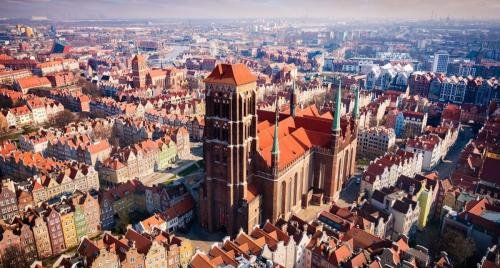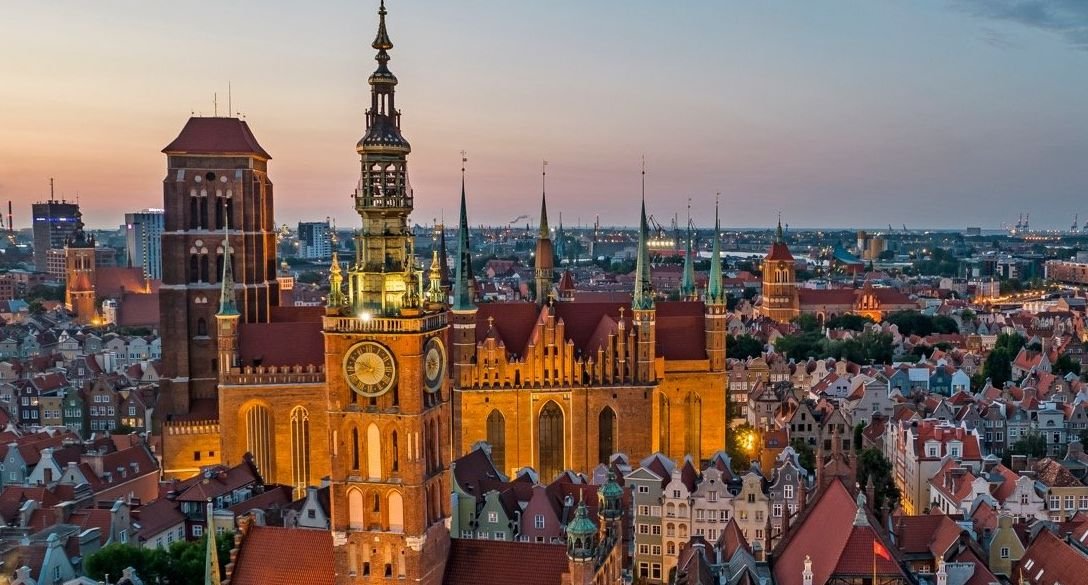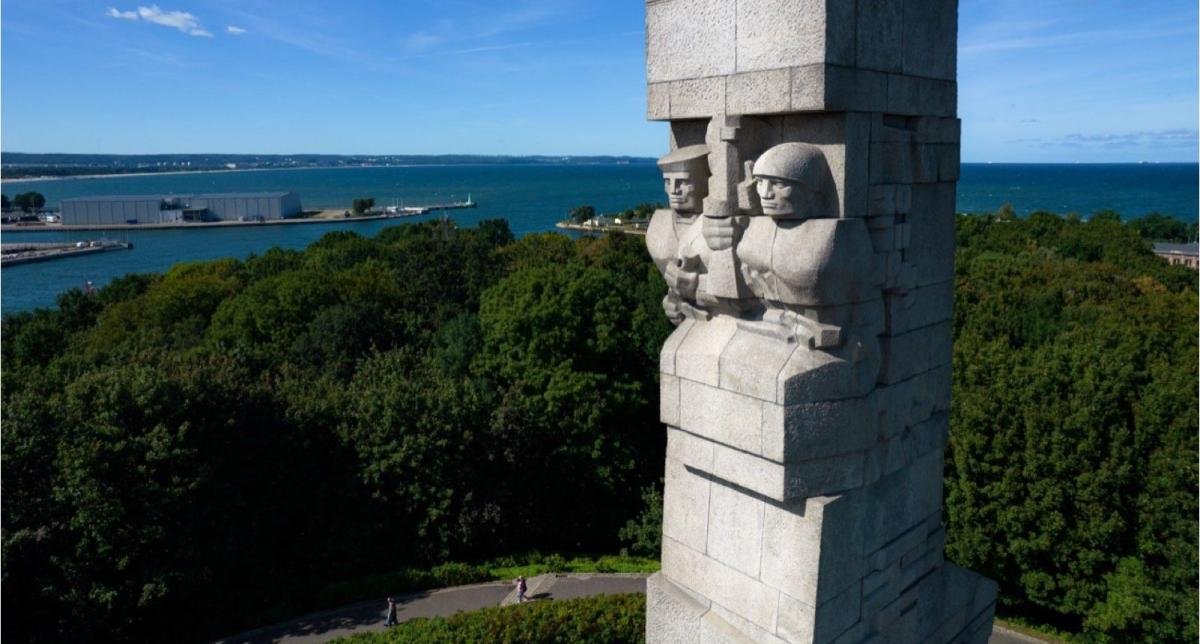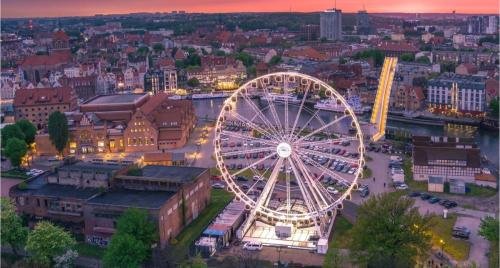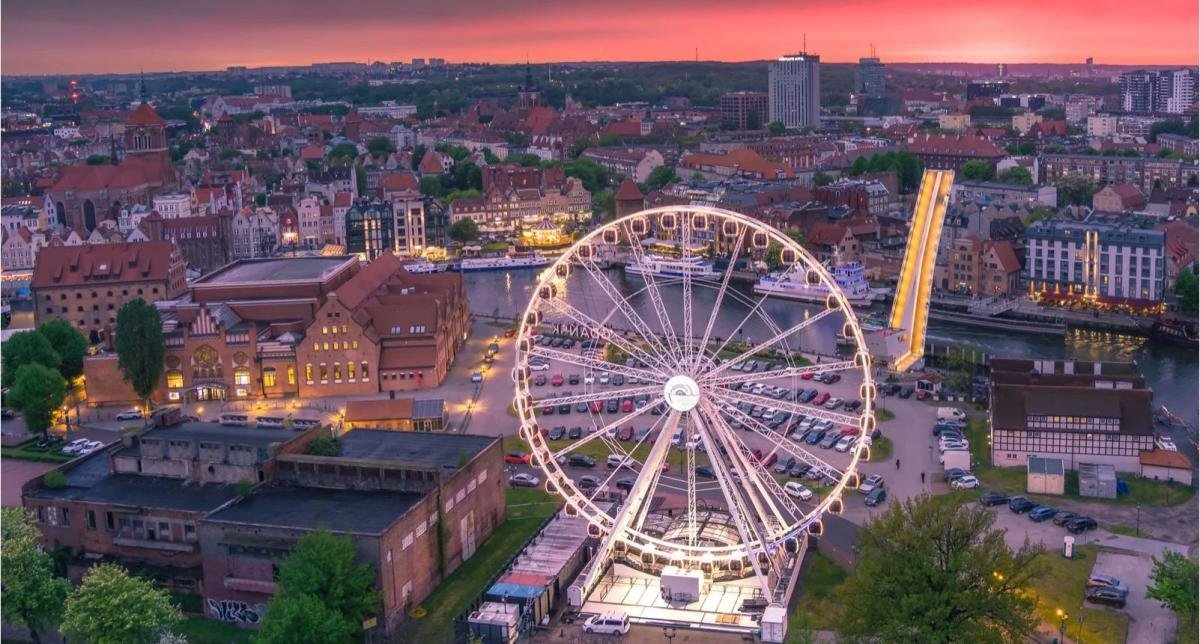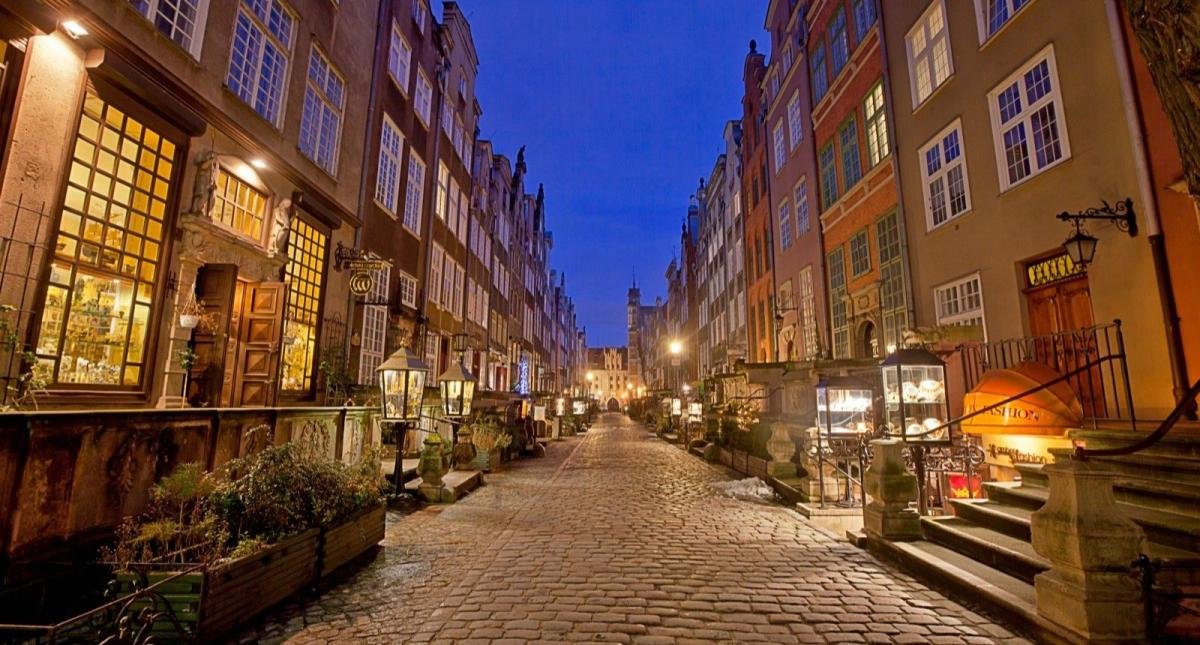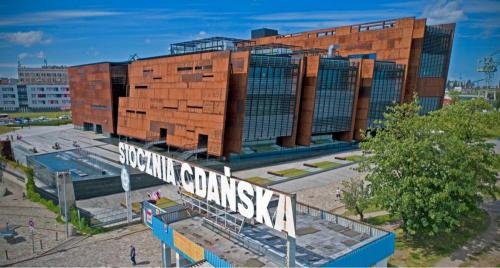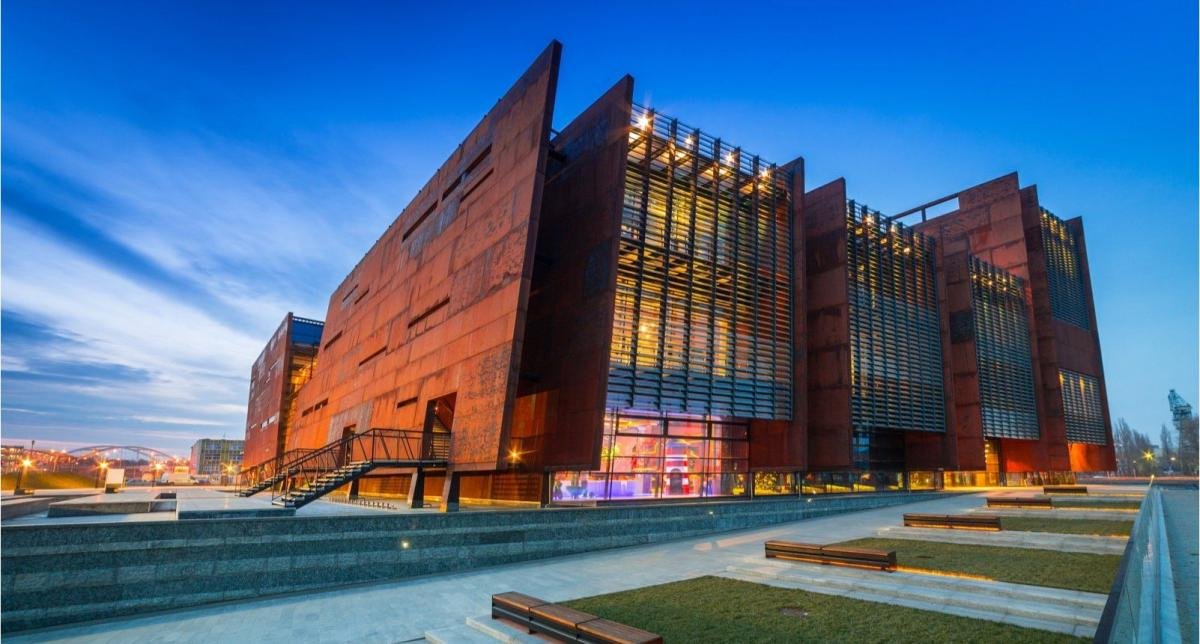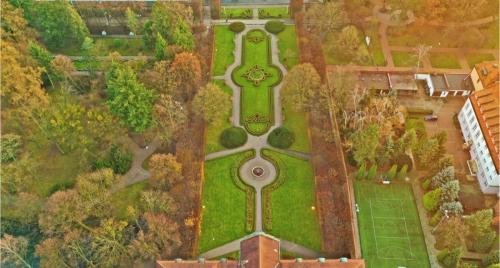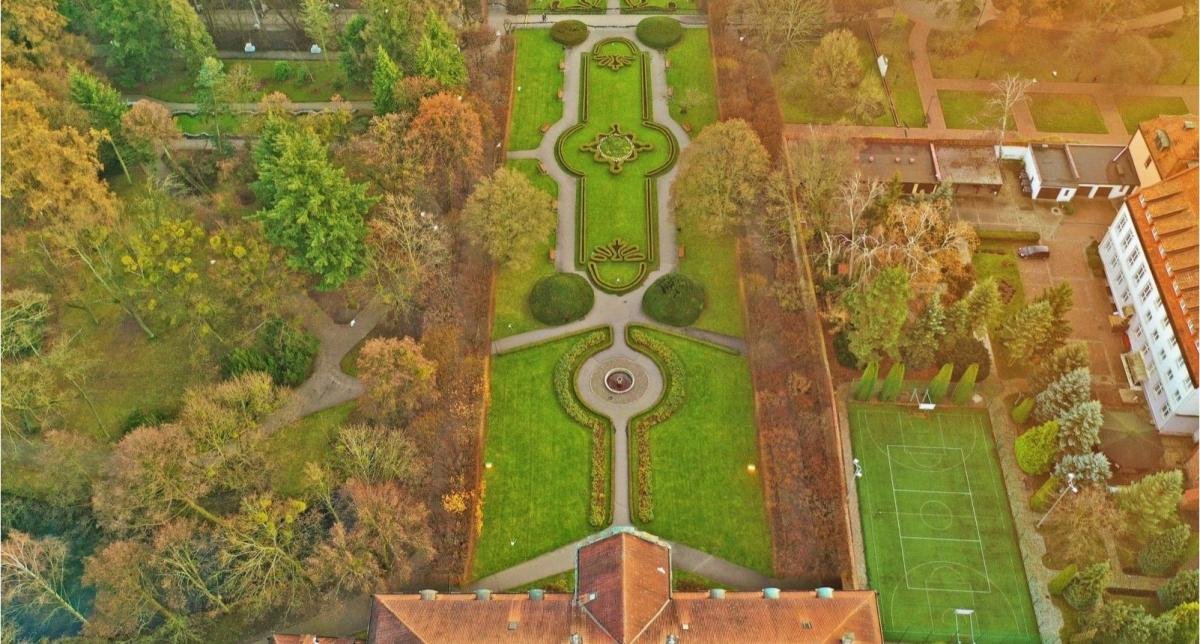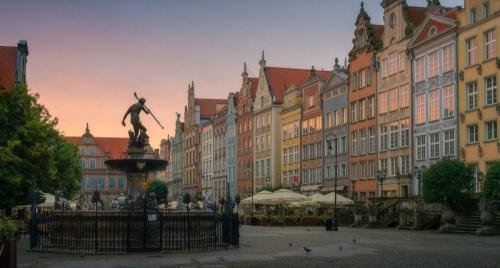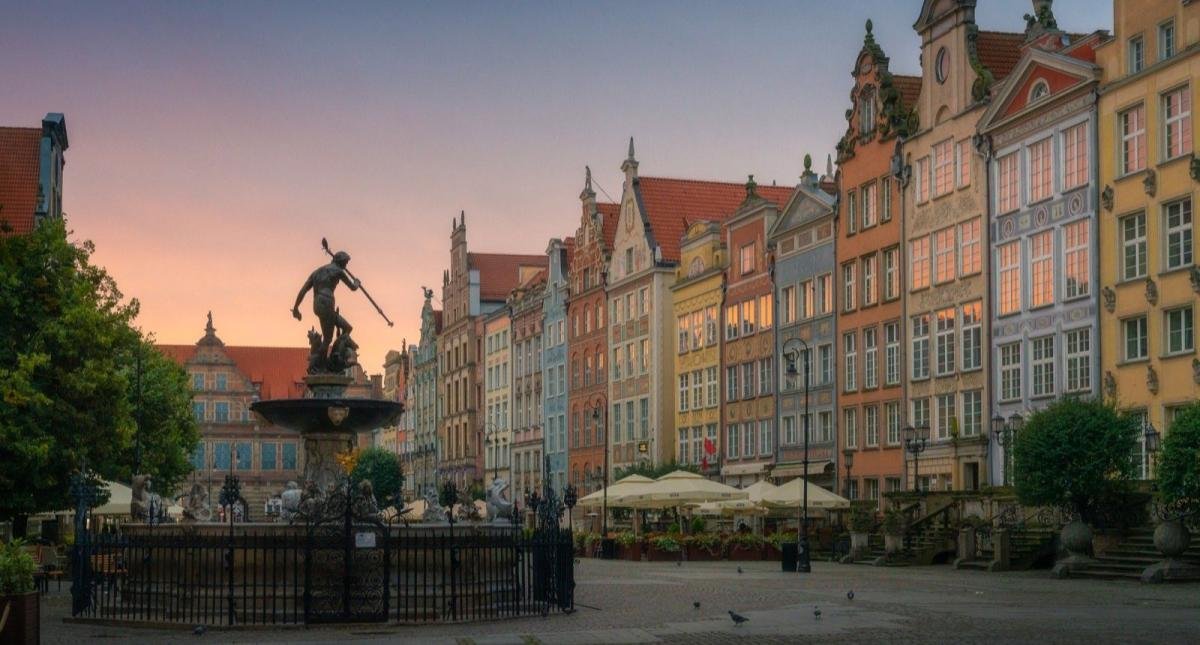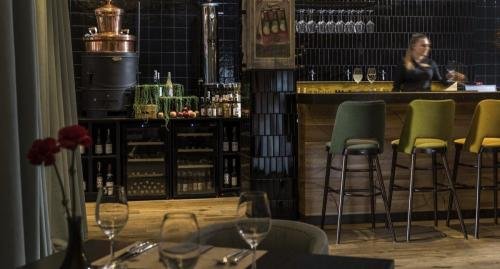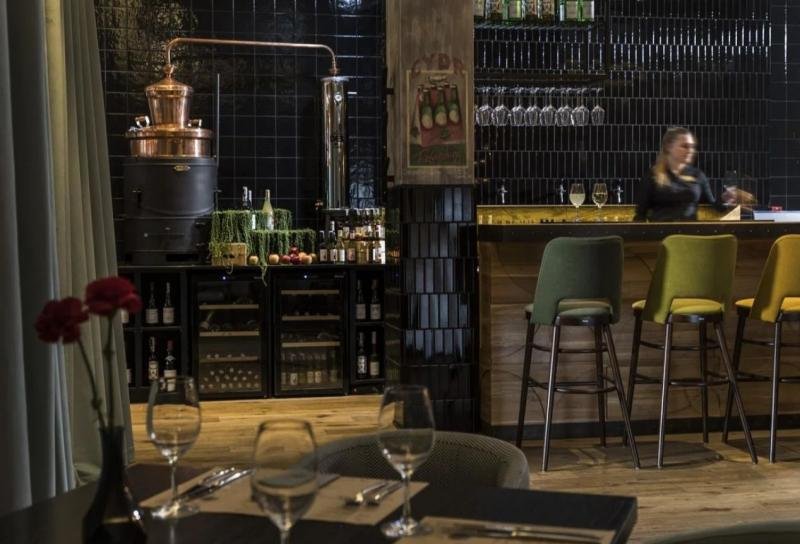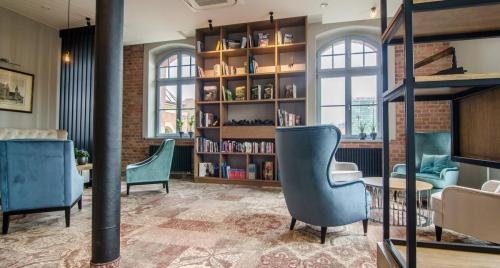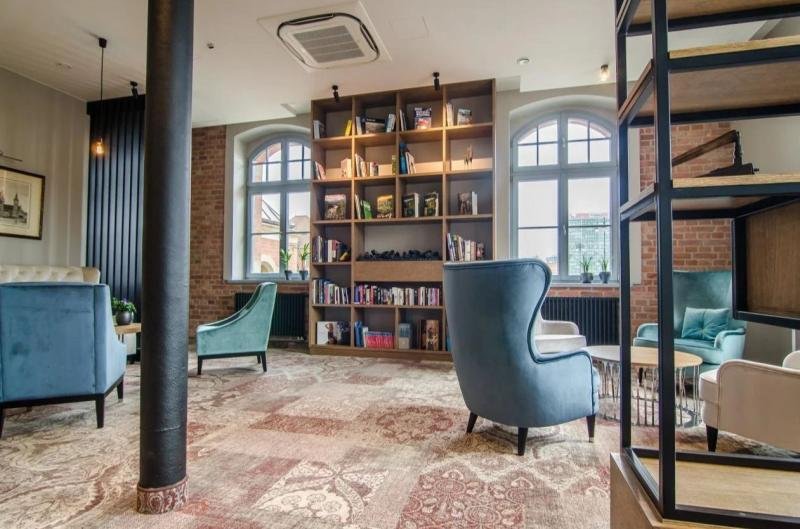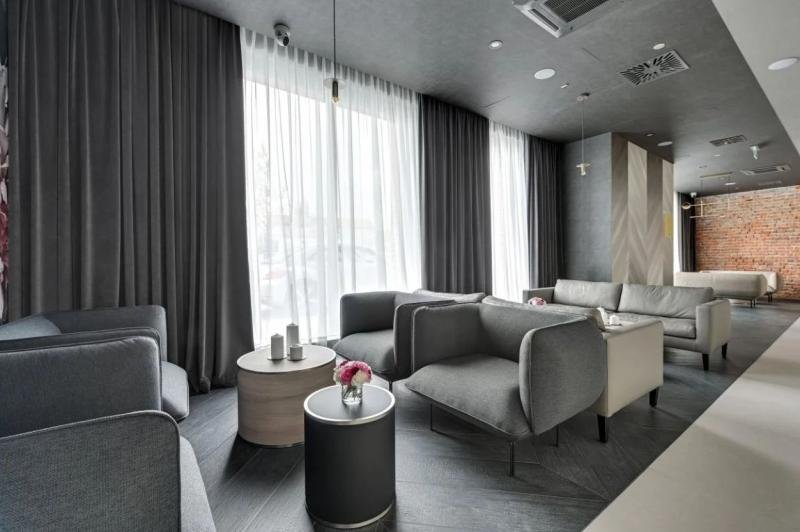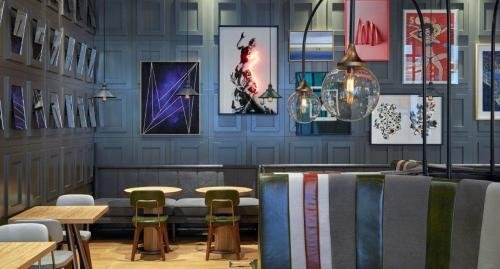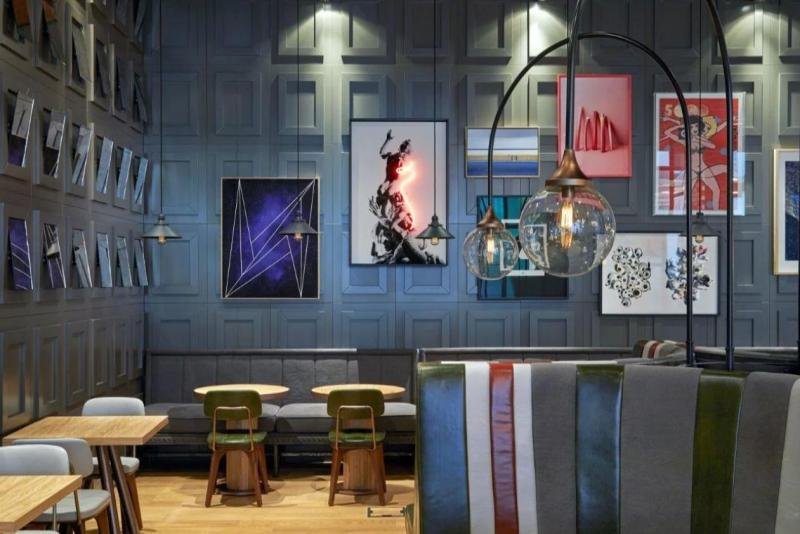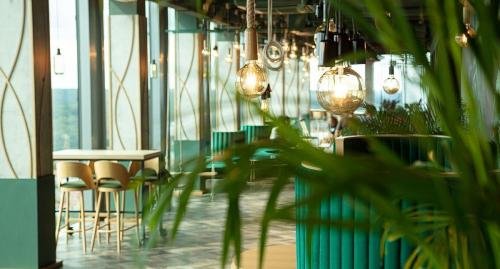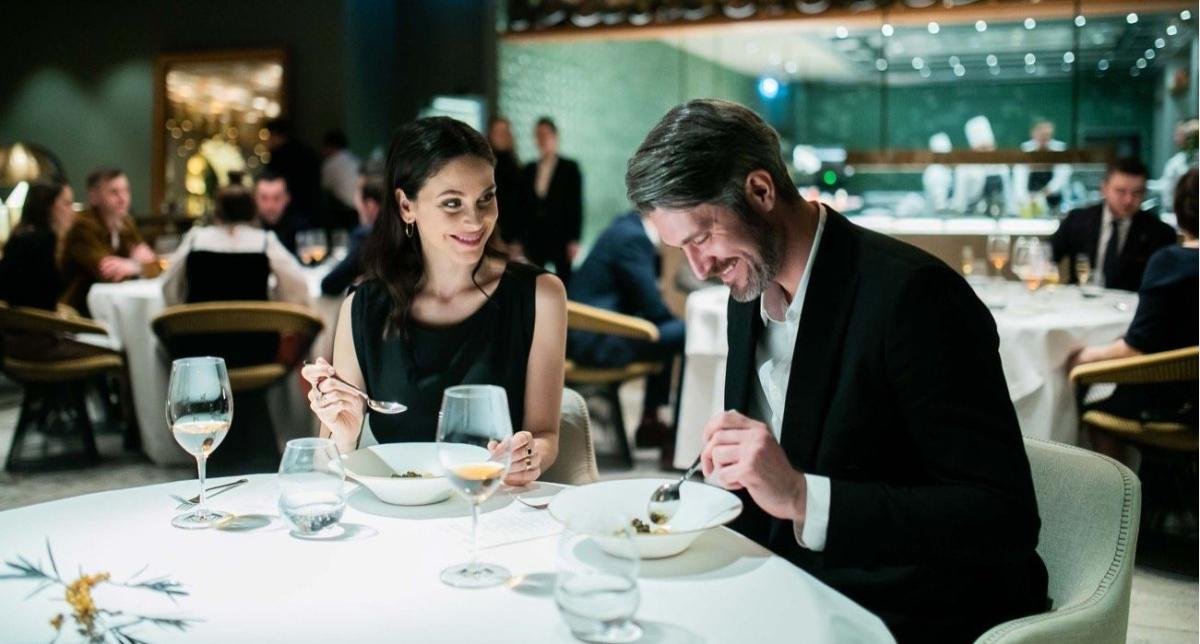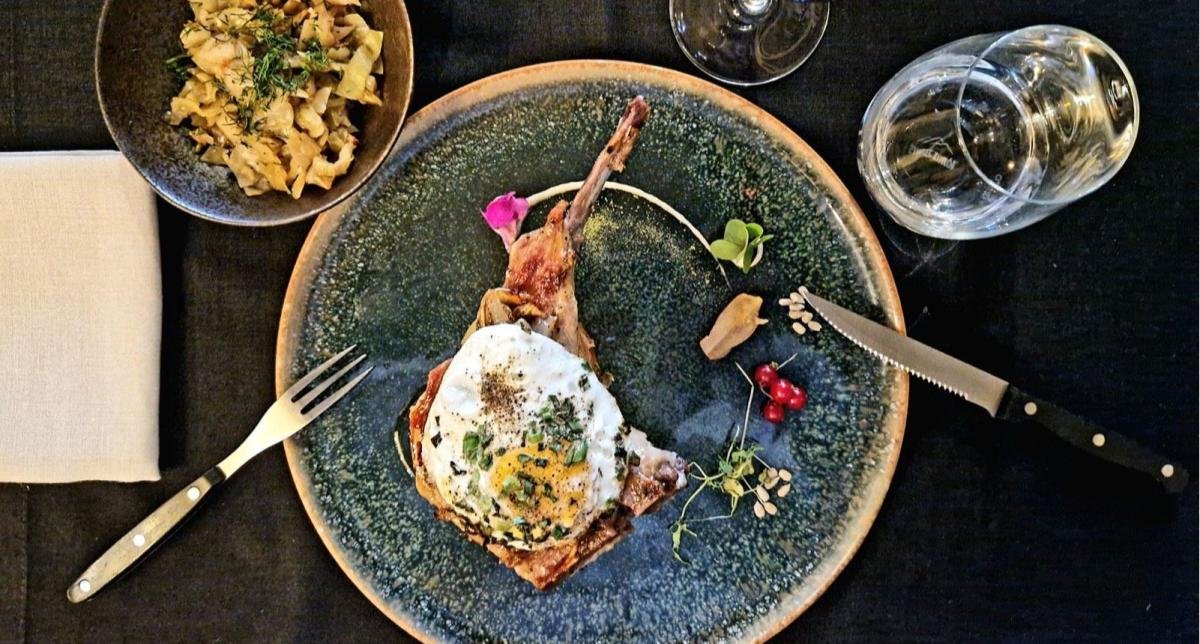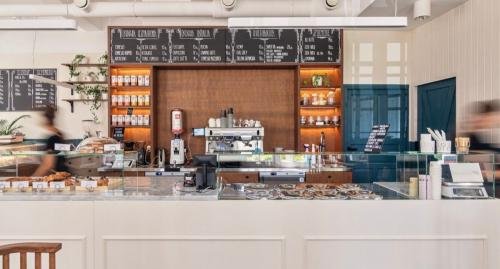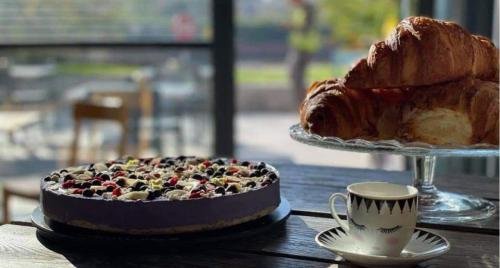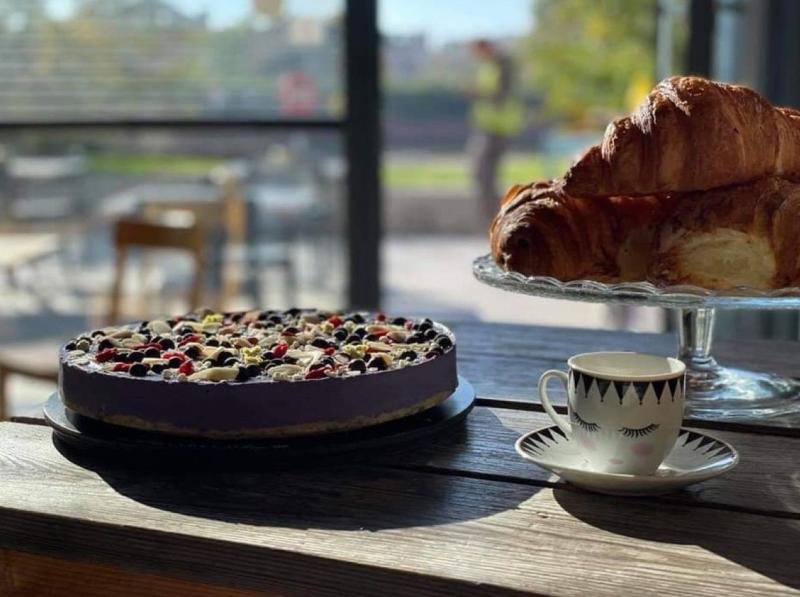Vienna
A practical guide to what to do in Vienna
From the menu below choose a category
Vienna: The Grand Waltz of Elegance and Edge
Timeless yet ever-evolving, Vienna is a city that doesn’t just carry history—it composes it. Set on the banks of the Danube and once the capital of a vast empire, Austria’s capital exudes a sense of grandeur that’s as natural as the scent of coffee and pastries drifting through its streets. But look closer, and you’ll find a city that dances between high culture and subversive cool, where imperial palaces coexist with techno clubs, and baroque façades hide bold contemporary ideas. Vienna isn’t stuck in the past—it curates it, questions it, and constantly reimagines its future.
Historical Majesty: Imperial Echoes in Every Stone
In Vienna, history doesn’t just whisper—it sings. The Hofburg Palace, once the seat of the Habsburg dynasty, is now a sprawling complex of museums, imperial apartments, and the Spanish Riding School, where white Lipizzaner stallions perform choreographed perfection in a chandeliered arena.
Nearby, the St. Stephen’s Cathedral (Stephansdom) rises from the heart of the Innere Stadt, its tiled roof gleaming like a mosaic crown. Climb its tower for panoramic views over Vienna’s rooftops—or descend into its catacombs for a more solemn kind of awe.
The Belvedere Palace, once a summer residence for Prince Eugene of Savoy, now houses a world-class collection of Austrian art, including Klimt’s The Kiss—a national treasure displayed in rooms of gold and grandeur.
And then there’s Schönbrunn Palace, the Versailles of Vienna, where manicured gardens stretch beyond the imagination and echoes of Empress Sisi and Mozart linger in gilded halls. In Vienna, every building is a chapter in a living novel.
Cultural Brilliance: Between Mozart and Modernism
Vienna’s cultural heritage is unmatched—this is, after all, the city of Mozart, Beethoven, Mahler, and Schubert. The Vienna State Opera is the city’s crown jewel, a place where velvet seats and soaring voices come together for performances that make time stand still.
But Vienna isn’t trapped in classical music—it thrives on reinvention. The MuseumsQuartier (MQ) is one of the world’s largest cultural complexes, blending baroque courtyards with modern art, design labs, and experimental theater. Here, the Leopold Museum and MUMOK challenge, provoke, and delight.
At the Secession Building, where Gustav Klimt and fellow artists broke away from academic tradition, the motto “To every age its art, to art its freedom” still blazes above the door. It’s not just a building—it’s a movement.
And in the underground clubs of Gürtel or the graffiti-covered walls of Donaukanal, Vienna pulses with electro beats, political murals, and a raw energy that defies its pristine surface. This city knows how to rebel—elegantly.
Neighborhoods with Flavor: From Palatial to Punk
Vienna is a city of districts—each with its own mood, rhythm, and secret. In the 1st District, the Innere Stadt, imperial Vienna reigns. Cobblestone streets, horse-drawn carriages, and grand arcades offer a window into aristocratic life.
Cross the Ringstraße into Neubau (7th District), and you’ll find Vienna’s creative core: indie bookstores, concept fashion, vintage shops, and rooftop cafés where artists sip espresso under fairy lights. It’s here that baroque meets boho.
Margareten and Ottakring pulse with multicultural vibrancy—markets alive with spices, Balkan bakeries, Turkish eateries, and underground art spaces tucked into former workshops.
And in Landstraße, you’ll find Hundertwasserhaus, a wildly whimsical residential building designed by artist Friedensreich Hundertwasser. Curved lines, riotous colors, and rooftop forests defy the rules of architecture—proof that Vienna can be as playful as it is poised.
Natural Beauty: Green Elegance in Every Season
Though famed for its architecture, Vienna is deeply green. The Prater, a former imperial hunting ground, is now a sprawling park, home to the nostalgic Giant Ferris Wheel and endless paths perfect for cycling or wandering beneath chestnut trees.
Closer to the center, the Stadtpark blends sculpture and serenity—look for the gilded Johann Strauss monument surrounded by blooming flowers in spring. And the Volksgarten, beside the Hofburg, bursts with fragrant roses in summer, ideal for slow strolls or quiet reading.
The Vienna Woods (Wienerwald), just beyond the city’s edge, offer forested escapes for hikers and wine lovers alike. And the Danube Island (Donauinsel) is a summer playground of swimming, sunbathing, and outdoor concerts.
In winter, snow blankets the palaces and Christmas markets glitter with lights and Glühwein. In every season, Vienna reveals a different mood—always poetic, always cinematic.
Culinary Harmony: Decadent, Earthy, and Worldly
Vienna’s food is rooted in imperial indulgence, but its heart belongs to the people. Begin with a Wiener Schnitzel—thin, golden, and served with potato salad or cranberry sauce. Follow with Tafelspitz (boiled beef with horseradish and apple) or Goulash, a spicy echo of the empire’s far reaches.
The Naschmarkt, a sensory feast of international flavors, is where locals shop, gossip, and feast on everything from falafel to oysters. Meanwhile, traditional Heuriger wine taverns in the outskirts serve up local wines and rustic plates of Liptauer, cold meats, and marinated vegetables—no frills, just joy.
And no visit to Vienna is complete without coffeehouse culture. Order a Melange, linger with a newspaper, and pair it with a Sachertorte or Apfelstrudel. These cafés are more than places to eat—they're stages for thought, conversation, and the gentle passing of time.
Conclusion: Vienna, the Eternal Encore
Vienna is more than a museum of empire—it’s a living, breathing city where past and present waltz together through marble halls, subway tunnels, and leafy boulevards. It’s a place where art is everywhere, elegance is effortless, and contradictions coexist in perfect harmony.
For the thoughtful traveler, Vienna is an invitation to slow down, to look deeper, to listen closer. It’s where you come not just to see, but to feel.
Because in Vienna, beauty isn’t just on display—it’s a way of life. Let the city sweep you off your feet—and don’t be surprised if you never quite recover from the grace of it all.
Top things to see and do in Vienna
Check out our recommendation to top things not to miss when visiting Vienna
Top museums in Vienna
Check out our recommendations
Top hotels in Vienna
Check out our recommendations below
Breweries in Vienna
Check out our recommendations
Roof-top bars in Vienna
Check out our recommendations
Jazz clubs in Vienna
Check out our recommendatios below
Night clubs of Vienna
Check out our recommendations
Top restaurants in Vienna
Check out our recommendations
Top cafés in Vienna
Check out our recommendations
Practical information
Some practical information to Vienna
Bus Line 210:
- Schedule: The bus runs every 30 minutes on weekdays and every hour on weekends and public holidays, from early morning until late evening.
- Duration: The journey to Gdańsk Główny (main railway station) takes about 45 minutes.
- Cost: Approximately 4.80 PLN (€1.10). Tickets can be bought from vending machines at the bus stop or from the driver, and both cash and card payments are accepted.
- Details: The bus stop is located just in front of the terminal, about 50 meters away. There is a ticket vending machine at the bus stop. You can also buy tickets using an Android app or directly from the driver.
Night Bus N3:
- Schedule: Operates hourly at night, providing a connection to Gdańsk Wrzeszcz railway station.
- Details: This bus runs from 11:36 PM until 4:36 AM, catering to late arrivals.
- Schedule: Trains run every 30 minutes from 4:35 AM to 10:12 PM.
- Duration: The total journey takes about 40 minutes, including a change at Wrzeszcz Station.
- Cost: Around 5.09 PLN (€1.15). Tickets can be purchased from vending machines on the platform or directly from the conductor on the train.
- Details: The train departs from Port Lotniczy Station at the airport and travels to Wrzeszcz Station, where you will need to change trains to reach Gdańsk Główny
- Duration: Approximately 20 minutes, depending on traffic.
- Cost: Around €10-12. Taxis are available directly outside the terminal, or you can book one in advance.
- Details: Taxi stands are easily found at the airport. For reliable service, you can use companies like Airport Taxi Gdańsk
- Komfort: Prywatny transfer oferuje bezpośredni, ekskluzywny przejazd do miejsca zakwaterowania. Choć ta opcja jest droższa niż transport współdzielony, gwarantuje wygodę oraz płynne, bezstresowe doświadczenie dostosowane do Twoich potrzeb.
- Rezerwacja: Te usługi można łatwo zarezerwować z wyprzedzeniem przez firmy takie jak Shuttle Direct, VIP Transfers lub MrShuttle, co pozwala na zabezpieczenie stałej ceny i zapewnienie, że wszystko zostanie zorganizowane przed podróżą.
- Szczegóły: Kierowca powita Cię w hali przylotów, trzymając tabliczkę z Twoim imieniem, i zapewni komfortowy przejazd bezpośrednio do miejsca docelowego. Nie ma potrzeby czekać na innych pasażerów, a usługa obejmuje monitorowanie lotu w czasie rzeczywistym, aby dostosować się do ewentualnych opóźnień, dzięki czemu Twój transport będzie gotowy, gdy tylko wylądujesz.
Getting from Gdańsk City Center to Gdańsk Lech Wałęsa Airport by Car
Here are two different solutions to travel by car from Gdańsk City Center to the airport, considering different preferences for routes and parking options:
Solution 1: Via Trasa Słowackiego (Express Route - Fastest Option)
- Starting Point: Begin your journey from Gdańsk City Center (e.g., Main Town or Old Town area near Długi Targ).
- Route:
- Head west and follow signs for Słowackiego Street (Route 501).
- Merge onto Trasa Słowackiego (Route 501), a modern express road that connects the city center directly to the airport.
- Stay on this road for approximately 11 km (7 miles).
- Follow the airport signs; the road will take you straight to the main terminal's drop-off area or parking lots.
- Driving Time: The drive takes approximately 20 minutes, depending on traffic conditions.
- Parking Options:
- Short-Term Parking: Park in P1 or P2 zones near the terminal if you’re dropping someone off or picking them up. The first 10 minutes are often free.
- Long-Term Parking: Use P3 or P4 lots for extended stays. Parking fees vary depending on duration.
- Benefits: This route is the fastest and most direct, with minimal traffic congestion thanks to the express road.
Solution 2: Via Aleja Grunwaldzka and Obwodnica Trójmiejska (Scenic Option)
- Starting Point: Begin your journey from Gdańsk City Center, ideally near key areas like the Forum Gdańsk shopping mall.
- Route:
- Take Aleja Grunwaldzka (Route 91), the main thoroughfare connecting the city to suburban areas.
- Continue for about 8 km (5 miles), passing through Wrzeszcz and other lively districts.
- Merge onto the Obwodnica Trójmiejska (Tricity Bypass, Route S6) toward the airport.
- Exit at Gdańsk Airport, following signage to the terminal.
- Driving Time: This route takes approximately 25-30 minutes, depending on traffic in Wrzeszcz and the bypass.
- Parking Options:
- Premium Parking: Park in P1 for easy access to the terminal.
- Budget-Friendly Parking: Consider private parking lots near the airport (accessible via shuttle) for cost savings.
- Benefits: This route allows you to see more of the city, including vibrant neighborhoods and suburban landscapes. It’s also useful if you’re combining the drive with errands or stops in Wrzeszcz or Oliwa.
General Tips:
- Traffic Considerations: Morning and evening rush hours can extend travel times. Check live traffic updates via Google Maps or local traffic apps like Yanosik.
- Navigation Tools: Use GPS apps such as Google Maps, Waze, or Apple Maps for real-time navigation.
- Airport Access: Follow clear signage for “Gdańsk Airport” once you approach the vicinity.
Both routes offer a convenient and smooth drive, so choose based on your priorities: speed (Solution 1) or a scenic experience (Solution 2).
Uber
- Dostępność: Uber działa w Gdańsku, oferując wygodne i bezgotówkowe przejazdy.
- Koszt: Ceny różnią się w zależności od ruchu, pory dnia i popytu. Aplikacja podaje szacunkową kwotę przed potwierdzeniem przejazdu.
- Miejsce odbioru: Aplikacja poprowadzi Cię do miejsca odbioru na lotnisku. Postępuj zgodnie z instrukcjami i szukaj oznaczeń miejsc odbioru dla aplikacji ride-hailing.
- Szczegóły: Upewnij się, że kolor samochodu, marka i dane kierowcy odpowiadają tym w aplikacji przed wejściem do pojazdu. Skontaktuj się z kierowcą przez aplikację, jeśli to konieczne (Uber).
Bolt
- Dostępność: Bolt to kolejna popularna opcja ride-sharingu, często tańsza niż inne usługi.
- Koszt: Konkurencyjne ceny, z informacją o kosztach widoczną w aplikacji przed potwierdzeniem przejazdu.
- Miejsce odbioru: Otwórz aplikację Bolt, aby zamówić przejazd. Aplikacja wskaże Ci punkty odbioru na lotnisku.
- Szczegóły: Przejazdy Bolt są znane z szybkości i przystępności cenowej. Upewnij się, że dane pojazdu odpowiadają tym w aplikacji przed wejściem do samochodu (Bolt)
Buses and Trams
Gdańsk has an extensive network of buses and trams operated by ZTM Gdańsk (Zarząd Transportu Miejskiego). This network connects various parts of the city and the surrounding metropolitan area.
- Bus Services: The city operates numerous bus lines, including regular day routes and night services. Buses are a reliable way to travel, especially for reaching areas not served by trams.
- Coverage: The bus network covers extensive routes throughout the city and neighboring regions.
- Frequency: Buses run frequently, with increased services during peak hours. Night buses are available for late-night travel.
- Tram Services: Trams are a convenient option for getting around the city center and other key areas. The tram network is well-developed and includes multiple lines that run frequently.
- Coverage: Trams are primarily used for travel within the city center and key residential and commercial areas.
- Frequency: Trams run frequently, especially during peak hours. They are a popular choice for tourists due to their coverage of major attractions.
Ticketing System
Types of Tickets:
- Single-Ride Tickets: Valid for a single journey on buses or trams.
- Time-Based Tickets: Include 60-minute, 24-hour, 72-hour, and monthly passes. These tickets allow unlimited travel within the specified time frame.
- Group Tickets: Discounts for groups traveling together.
Where to Buy Tickets:
- Ticket Machines: Located at major bus and tram stops and train stations.
- Onboard Purchase: Tickets can be bought from drivers (cash only) on buses and trams.
- Mobile Apps: The ZTM Gdańsk app and other related apps allow ticket purchases via smartphones.
- Online: Tickets can also be purchased through official transportation websites like ZTM Gdańsk and Polregio.
Validation:
- Tickets must be validated upon boarding using the ticket validation machines available on buses, trams, and at train stations.
Useful Links:
Train Services
Local Trains
- SKM (Szybka Kolej Miejska): The SKM provides rapid urban rail services, connecting Gdańsk with nearby cities such as Sopot and Gdynia. This is an efficient way to travel across the Tricity metropolitan area.
- Polregio: This regional rail service connects Gdańsk with other cities and towns in the Pomeranian Voivodeship.
Ticket Purchase:
- Tickets can be purchased at train stations from vending machines, ticket counters, or via mobile apps like the Polregio app.
Useful Links:
Discounted Tickets for Seniors
Eligibility:
- Age Requirement: If you are 70 years old or older, you can use all public transport in Gdańsk (buses, trams, and local trains within the city limits) for free. Similar to Warsaw, you only need to carry an ID that displays your date of birth for verification. This benefit is available to both Polish and non-Polish citizens.
- Identification: Seniors must carry a valid form of identification (e.g., national ID card or passport) to prove their age and enjoy the free travel benefits.
Discounted Attractions for Seniors in Gdańsk:
Gdańsk offers various attractions and cultural experiences where senior citizens can enjoy discounted tickets. Here are some suggestions:
- European Solidarity Centre: Seniors over the age of 65 can purchase a discounted ticket for 20 PLN, compared to the regular price of 30 PLN. This museum and cultural center are dedicated to the history of the Solidarity movement and Poland's struggle for democracy.
- Museum of the Second World War: Seniors aged 60 and older are eligible for discounted tickets at 23 PLN, with the standard adult price being 25 PLN. This museum offers an in-depth look at Poland’s experience during World War II.
- Gdańsk Shakespeare Theatre: Senior citizens can attend performances at a discounted rate of 25 PLN, down from the regular price of 40 PLN. This theatre celebrates the city's historical connection to Shakespearean drama.
- Artus Court Museum: Seniors over 65 can enjoy a reduced ticket price of 8 PLN, instead of the usual 16 PLN. The museum showcases Gdańsk’s rich mercantile and social history.
Gdańsk offers a variety of attractions and museums that provide discounts for senior citizens. Here is a list with some suggestions:
Gdańsk is a vibrant and historic city on the Baltic coast of Poland, offering numerous accessible attractions and activities for visitors with disabilities.
Gdańsk offers a wide range of accessible attractions, services, and facilities to ensure a comfortable and enjoyable visit for travelers with disabilities. From historic sites to modern museums and beautiful parks, the city is dedicated to providing an inclusive experience. For more detailed information and planning resources, visitors can explore the offerings on the International Social Tourism Organisation's website and local accessibility guides.
Practical Tips for Visiting Gdańsk as a Traveler with Disabilities
Planning a trip to Gdańsk can be an exciting experience, and with proper preparation, visitors with disabilities can enjoy a seamless and enjoyable visit. Here are detailed practical tips to help ensure a safe and accessible journey:
1. Research and Planning
1.1. Pre-Trip Research
- Attractions: Before traveling, research the accessibility features of the attractions you plan to visit. Websites of major museums and landmarks often provide detailed information about their accessibility options.
- Accommodations: Look for hotels that offer accessible rooms and facilities. Websites like Booking.com and TripAdvisor have filters for accessibility features.
- Transportation: Familiarize yourself with the accessible transport options available in Gdańsk, including buses, trams, and trains.
1.2. Booking in Advance
- Accommodation: Reserve your hotel room well in advance to ensure availability of accessible rooms.
- Transportation: Book accessible taxis or transportation services ahead of time, especially during peak travel seasons.
1.3. Accessibility Apps and Websites
- Use apps and websites dedicated to accessible travel to find the best routes and services. Apps like Wheelmap can help locate accessible places.
2. Navigating the City
2.1. Public Transportation
- Features: Gdańsk's public transport network includes low-floor buses and trams with designated spaces for wheelchairs. Audio-visual stop announcements help those with visual or hearing impairments.
- Tickets: Purchase tickets in advance or use mobile apps to avoid queues. Ensure you have a valid pass, as inspectors frequently check tickets.
2.2. Accessible Taxis
- Services: Several taxi companies offer vehicles equipped to handle wheelchairs. Specify your need for an accessible vehicle when booking.
- Booking Tips: Use the phrase “na wózek inwalidzki” (for wheelchair) to ensure the correct type of vehicle is dispatched.
3. Accommodations
3.1. Hotel Selection
- Accessibility Features: Look for hotels that offer features such as roll-in showers, grab bars, and wide doorways. The Hanza Hotel is one such example in Gdańsk.
- Location: Choose centrally located hotels to minimize travel time to major attractions and ensure easy access to public transportation.
3.2. Communication
- Special Requests: When booking, communicate any special needs or requests directly with the hotel to ensure your room is properly equipped.
4. Dining and Entertainment
4.1. Restaurant Accessibility
- Accessible Options: Many restaurants in Gdańsk have made efforts to become more accessible, including Mandu Pierogarnia, which offers ramps and accessible restrooms.
- Reservation: Make reservations and inquire about accessibility features. Some restaurants may need advance notice to prepare accessible seating.
4.2. Cultural and Recreational Activities
- Accessible Paths: Many cultural sites, such as the European Solidarity Centre and Oliwa Park, have accessible paths and facilities. Plan your visits to these places to ensure a fulfilling experience.
5. Health and Safety
5.1. Emergency Contacts
- Emergency Numbers: Know the local emergency number (112) and the locations of nearby hospitals.
- Medical Facilities: Research medical facilities and pharmacies near your accommodation. Some hotels may also provide information on nearby medical services.
5.2. Mobility Equipment Rental
- Rental Services: If you require mobility aids, several services in Gdańsk offer rentals of wheelchairs, scooters, and other equipment. It’s advisable to arrange these rentals in advance.
6. Language and Communication
6.1. Learning Key Phrases
- Basic Polish: Learning a few key phrases in Polish can be very helpful. For example, “Proszę o pomoc” means “Please help.”
- Language Apps: Use translation apps to assist with communication in restaurants, hotels, and shops.
6.2. Local Assistance
- Friendly Locals: Poles are generally hospitable and willing to assist. Don’t hesitate to ask for help if needed, especially from younger people who are more likely to speak English.
Below you can find some listings of tourist attractions, sights, restaurants etc. that are easily accessible.
Vienna with a dog
Vienna is a dog-friendly destination!
What to do in Vienna with your dog
Check out our recommendations

